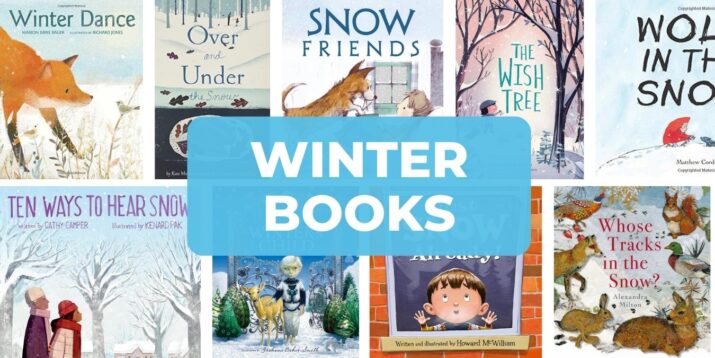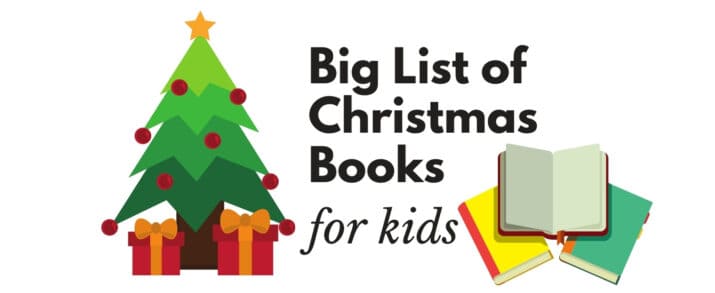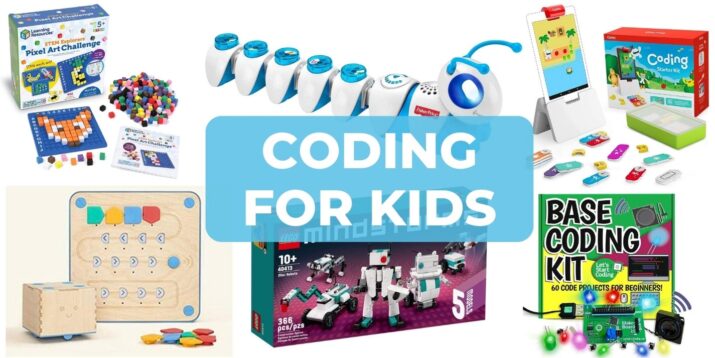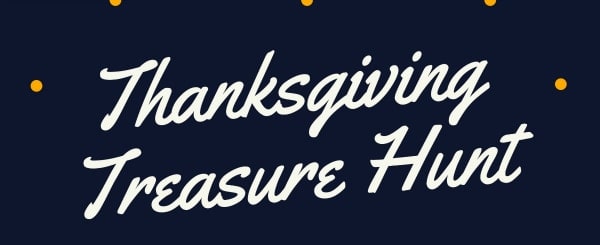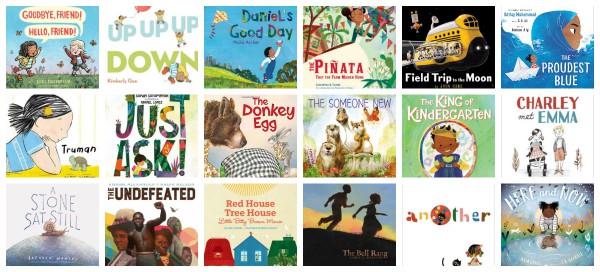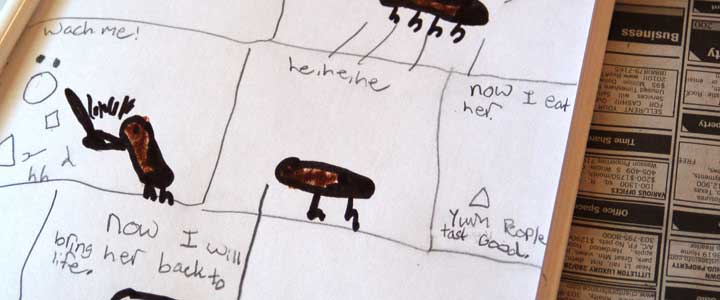7 New Nonfiction Books, December 2023
This post may contain affiliate links.
As your year wraps up, you won’t want to miss these seven nonfiction books! One is a picture book and the other six are for middle grade readers.
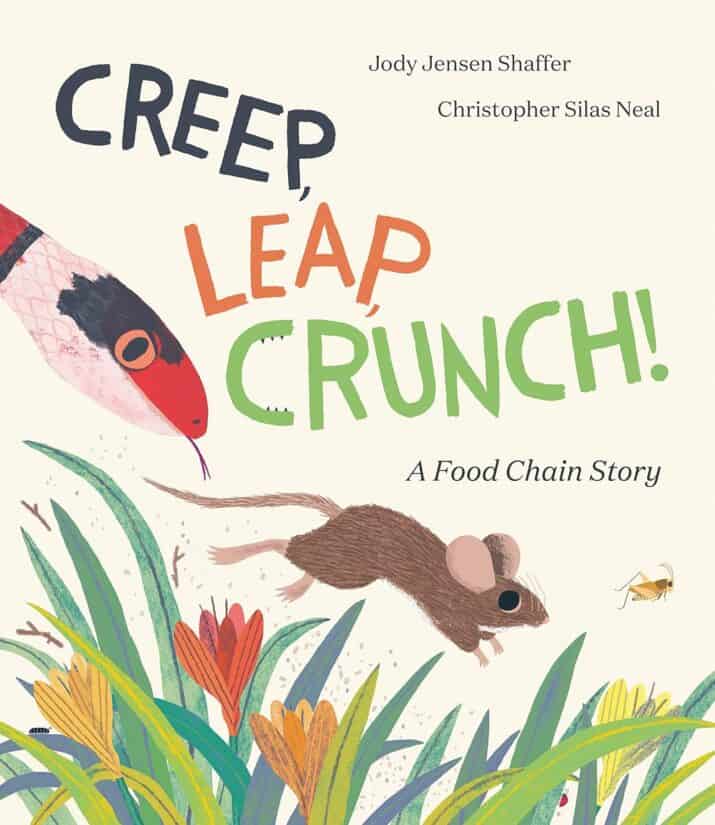
Creep, Leap, Crunch! A Food Chain Story written by Jody Jensen Shaffer, illustrated by Christopher Silas Neal
ages 4 – 8
The first half of this book is a cumulative food chain story that starts with the sun and the plants, then continues to the smallest prey, a cricket who eats grass. Each page adds on a predator who eats the prey— the mouse eats the cricket, the snake eats the mouse, all the way up to a brown bear eating the fox. Then, the story gives way to a bit of hope for gentle readers who might be disturbed by all this eating… because some days, the cricket hops away from the mouse, and the fox sneaks around the black bear, and none of the animals get eaten. Hooray! Back matter explains more about the forest and the animals. This is a perfect STEM read aloud introduction to food chains and forest biomes.
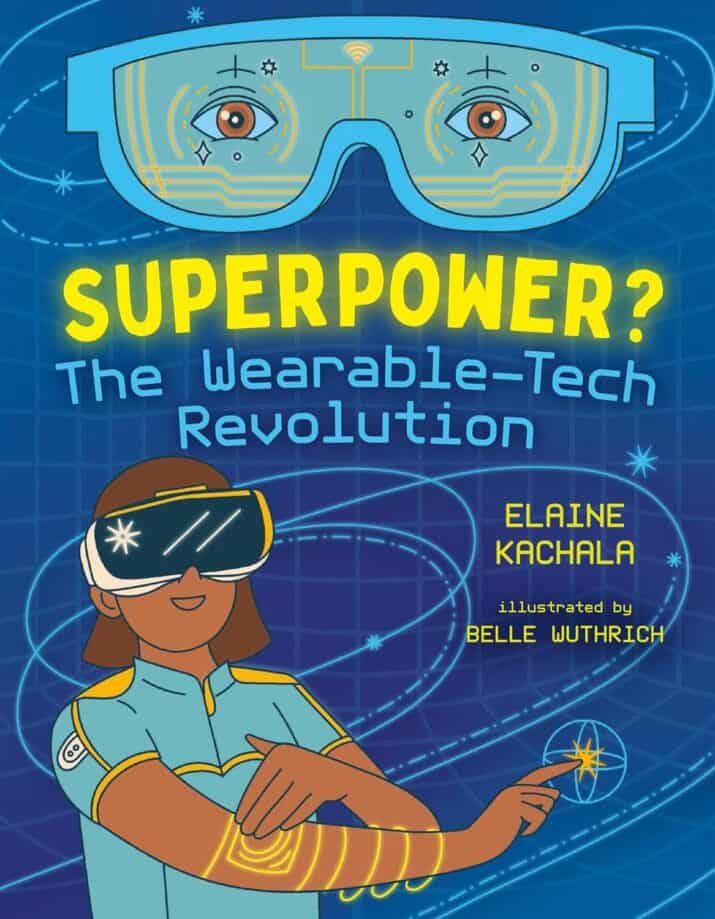
Superpower? The Wearable-Tech Revolution written by Elaine Kachala, illustrated by Belle Wuthrich
ages 9 – 12
Kachala delves into the fascinating world of wearable technology, including virtual reality glasses, bionic limbs, smart (AI) clothing, brain-computer interfaces, and more, including their inventors. She writes about the benefits as well as raises questions about privacy, safety, and ethical use, an important part of this developing technology that must be addressed. Fascinating!
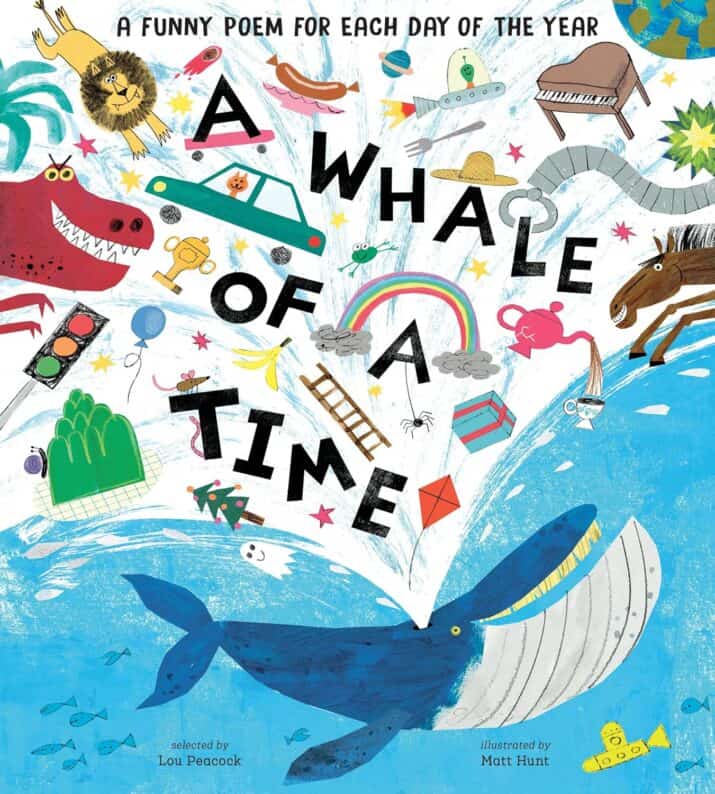
A Whale of a Time: A Funny Poem for Each Day of the Year selected by Lou Peacock, illustrated by Matt Hunt
ages 9 – 12
Kudos to the illustrator, Matt Hunt, for the incredible design and illustrations that make this gigantic (and very heavy) poetry book fun to look at and to read thanks to Lou Peacock, who accomplished the task of finding 365 funny poems! I didn’t read them all, but what I did read was spot on — with silly poems from so many amazing poets, including Jack Prelutky, Eloise Greenfield, Linda Sue Park, Nikki Grimes, and Jane Yolen.
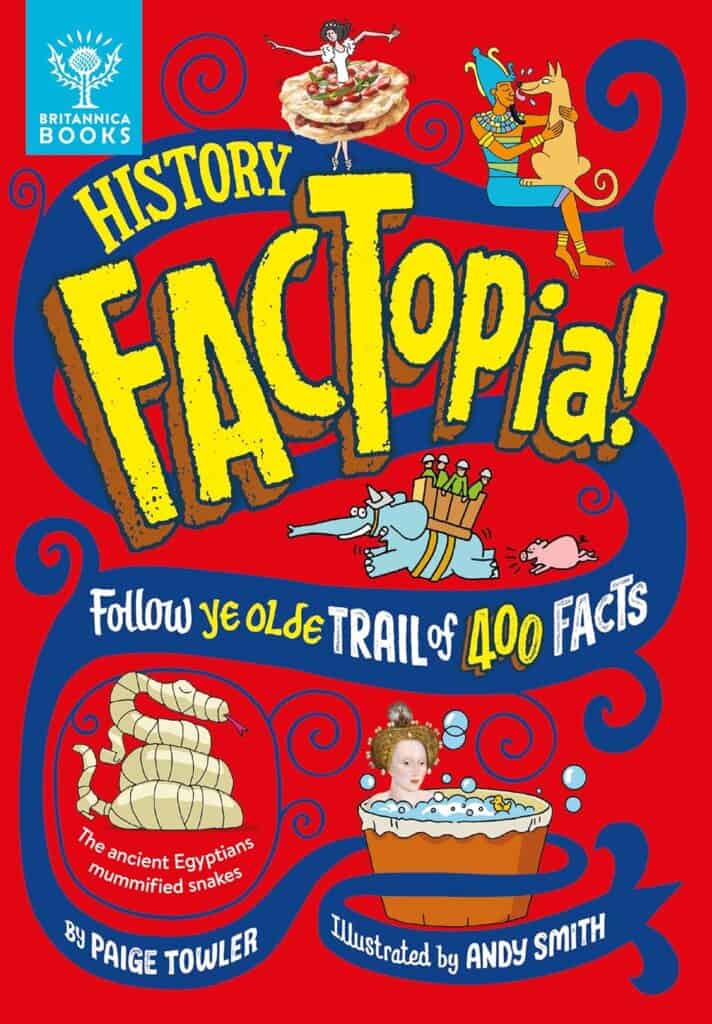
History Factopia! written by Paige Towler, illustrated by Andy Smith
ages 9 – 12
What an engaging 208-page tome of fun facts about SO many things, including the pyramids, teeth, curses, cats, and toilets. I love the full-color pages with facts, illustrations, and photographs — it’s eye-catching and appealing. Highly recommended, especially for kids who love short, informational reading and want to skip around the pages.
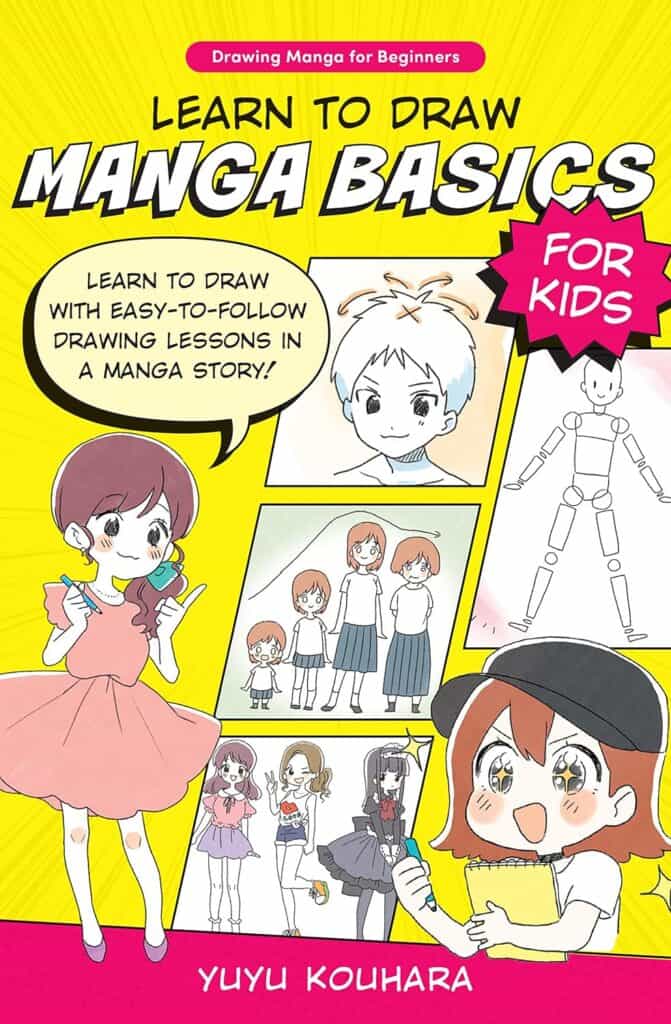
Learn to Draw Manga Basics for Kids by Yuyu Kouhara
ages 9 – 12
I’m not a manga expert, but what I read seemed instructive and helpful for young artists. Written in graphic novel format, the characters have conversations about how to draw, and readers are guided through the basics of eyes, faces, hair, etc, up through using digital tools.

108 Awesome Yoga Poses for Kids by Lauren and Brian Chaitoff
ages 9. -12
I’ve read and used many different yoga books with my kids, but this one stands out from the crowd as the most exceptional. I love the large size, the clear poses, and their connections, and all the information on each page, including anatomical focus, how to move, and about the connection. The themes include animals, nature, vehicles, food, and more — so if you’re trying to do the unicorn pose, you’ll work on you legs, learn about the unicorn, see how to do the lunge, and see a photo of the author doing the pose. Won’t this be fun to use with children?
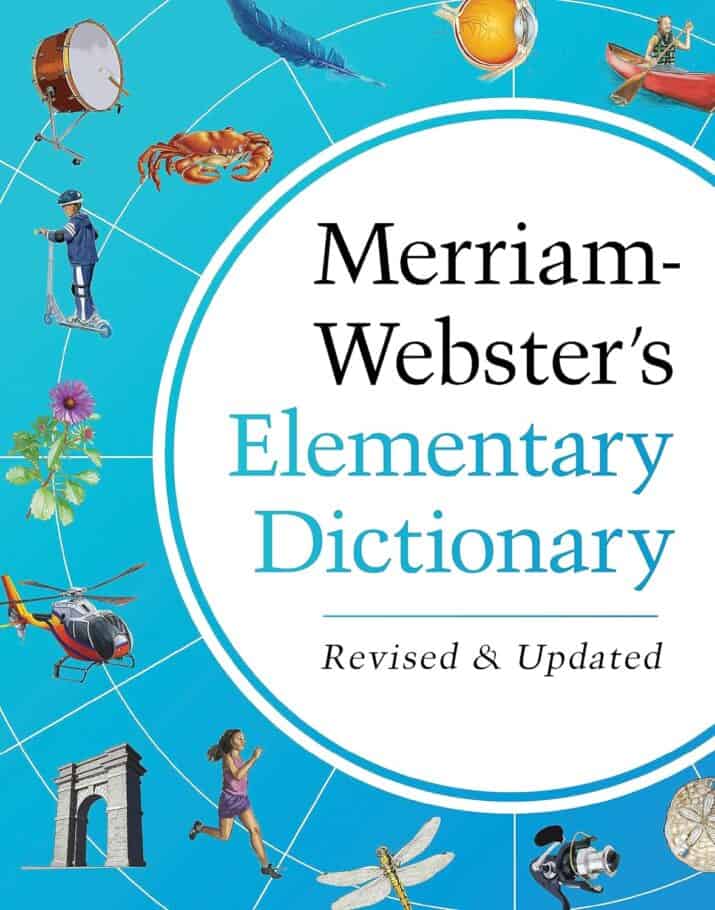
Merriam-Webster’s Elementary Dictionary
ages 7 – 12
A must-own children’s dictionary for your home and school because it’s user-friendly, and kids need to learn how to use the dictionary. Using a physical dictionary will help kids learn and practice alphabetizing (the practice is key). More than that, children will learn how to read dictionary definitions, learn about pronunciation and the parts of speech, and read more information about roots and specific words. For example, you can read the word history of “crocodile” and read about the word root “kritikos” which gave us the word critic. How cool is all this?
This dictionary is so fun– and not just for word nerds. It can be fun and foundational for everyone. If you believe Noam Chomsky, language gives us words for our thoughts, but we don’t have enough words. Can we then conclude that the more words we know, the better we can externalize our ideas and thoughts? Something to ponder! (Obviously, reading the dictionary is not the way to learn vocabulary — here are vocabulary games and activity ideas for increasing a child’s vocabulary.)
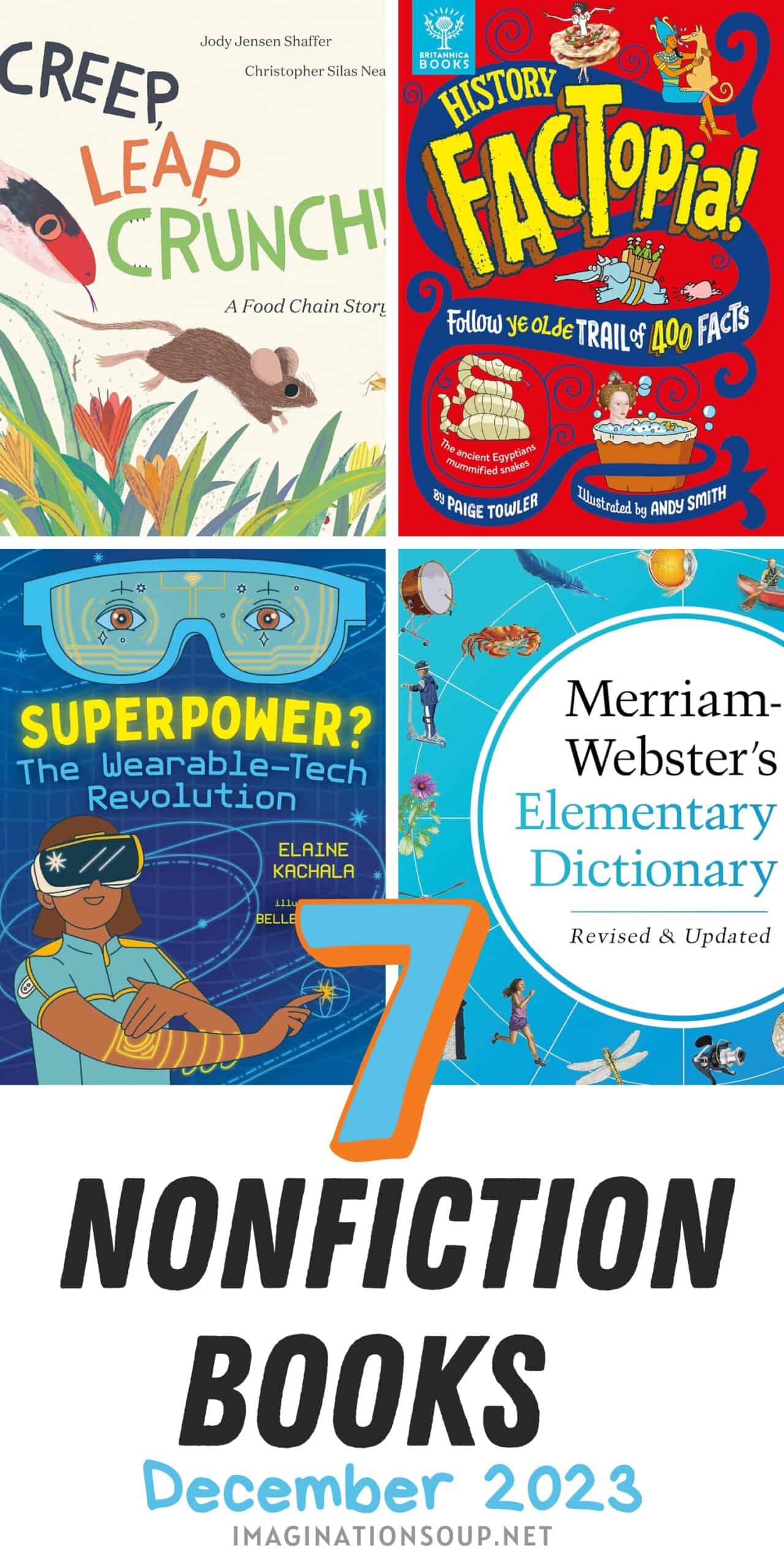
KEEP READING

